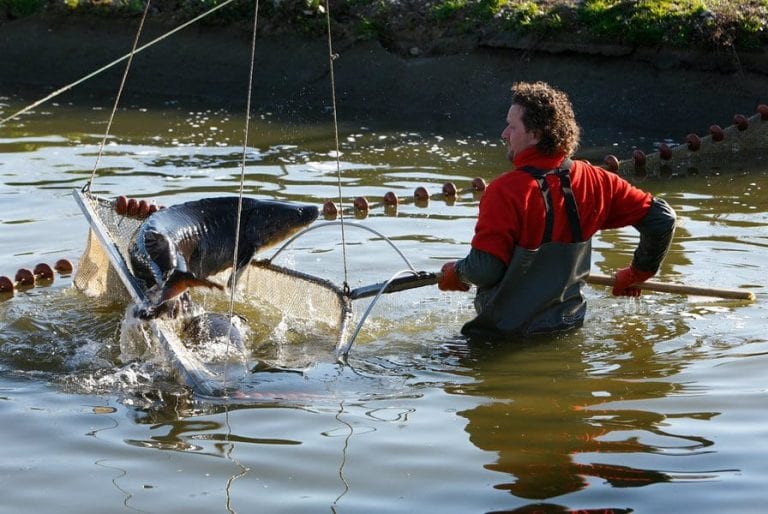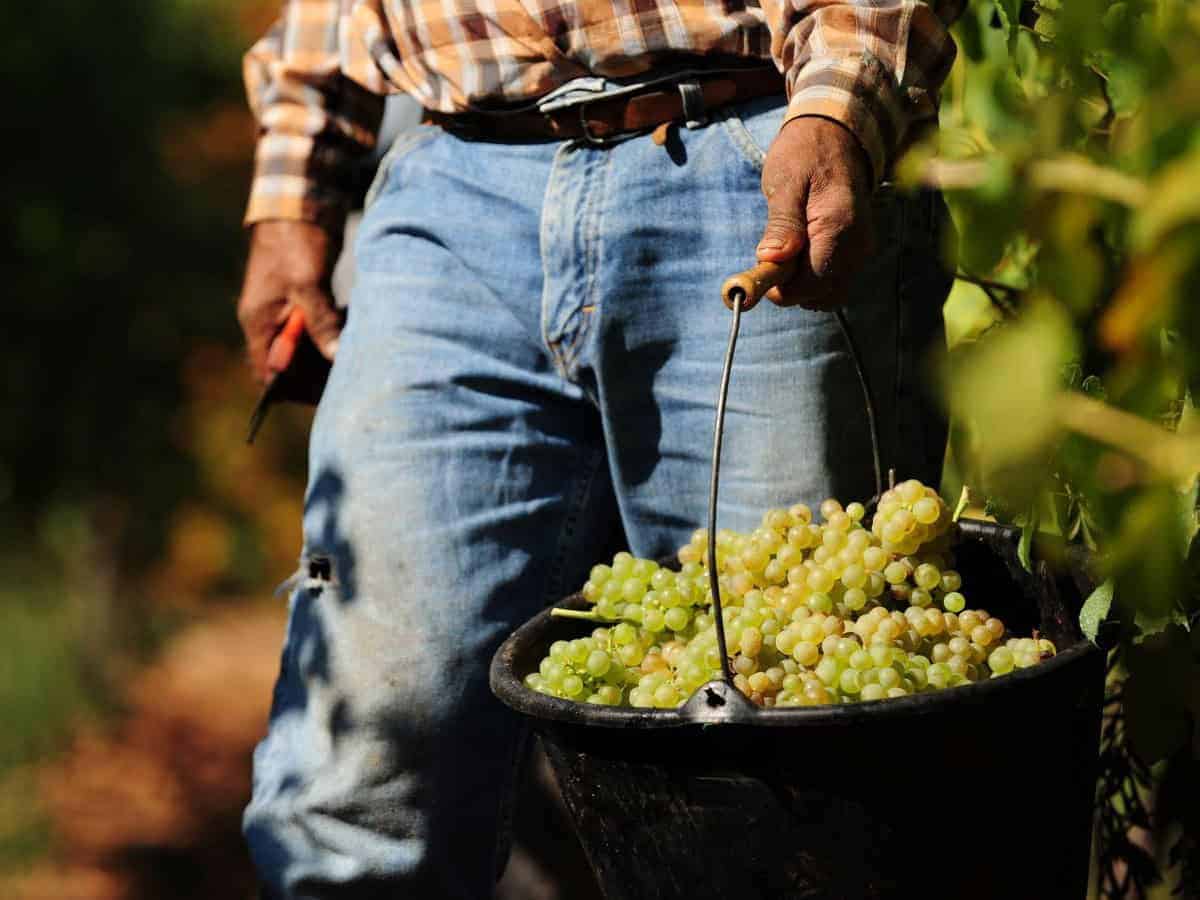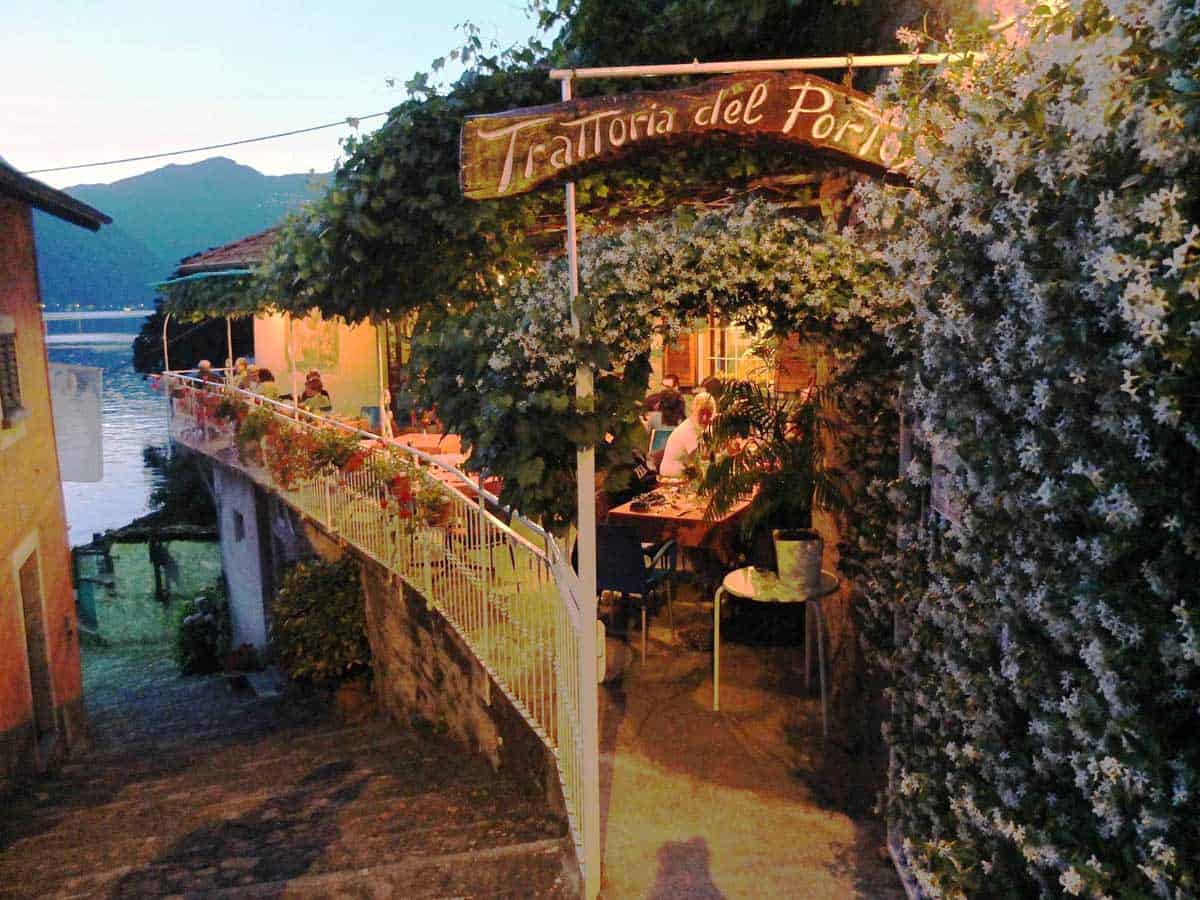Sturgeon: not just caviar
On the festive table, sturgeon occasionally makes an appearance, coupled with its eggs that have made it famous (i.e. caviar). But, it’s true that, in Italy, consumption of this primordial fish is limited to the table of a few fine restaurants, and little else. Even though the flesh is tasty and nutrient-rich. Here are some curiosities in snippets to learn to appreciate it.
Curiosities about sturgeon
- Sturgeon is a long-lived fish, which often lives more than one hundred years. It lives in the sea, but swims
upstream in freshwater courses, to reproduce.
- Historically, sturgeon was widely consumed in Italy in the river areas along the Po, but also in Lazio,
where it was fished in the Tiber (known as the “lupo del Tevere” or wolf of the Tiber) and was delicious
food for pontiffs and noble families. Three local breeds: Ladan (better known as beluga), the common
sturgeon (Acipenser sturio) and coby or Adriatic sturgeon (Acipenser naccarii).
- Polluted waters and illegal fishing have led to a drastic reduction of specimens, both in Italy and around
the world. Fishing sturgeon is therefore prohibited, in order to preserve an endangered species.
- Its flesh – only farmed and controlled – has high protein content and is rich in Omega 3. Those who want
to use it, however, must hash it, as if it were beef, otherwise too chewy. Sturgeon is also suitable in
smoked form or stored in oil, the good scraps can be used to make a tasty broth.


 The best restaurants in Agrigento to discover the new Sicilian cuisine
The best restaurants in Agrigento to discover the new Sicilian cuisine Italy’s 2024 wine production is higher than expected: nearly 44 million hectolitres. But there’s no reason to celebrate
Italy’s 2024 wine production is higher than expected: nearly 44 million hectolitres. But there’s no reason to celebrate The two Calabrian brothers making wine like the ancient Grecanic peasants
The two Calabrian brothers making wine like the ancient Grecanic peasants Three days at Lake Como in 17 destinations: Trattorias, Osterias and Fine Dining
Three days at Lake Como in 17 destinations: Trattorias, Osterias and Fine Dining Piedmontese classics and raw seafood. The unexpected restaurant with a pool in the Langhe
Piedmontese classics and raw seafood. The unexpected restaurant with a pool in the Langhe






